Returning to home births & birthing centers is a real social phenomenon and is closely linked to the desire to be, quite rightly, the main actress of this very special moment that is birth. Hospitals are making more and more efforts to move in this direction by now offering "natural" rooms such as in the maternity ward of the HUG. They have two rooms, however, they can't guaranty the availability on D-day. Still, today, giving birth outside of a hospital seems frightening, sometimes even irresponsible. However, home birth and centers meet very specific criteria for birth in these structures. And it's not to mention that, in these times of global pandemic, the fear of infection in a hospital environment and the absence of the father are worrying and raise awareness about the different types of births. Let's take a stock!
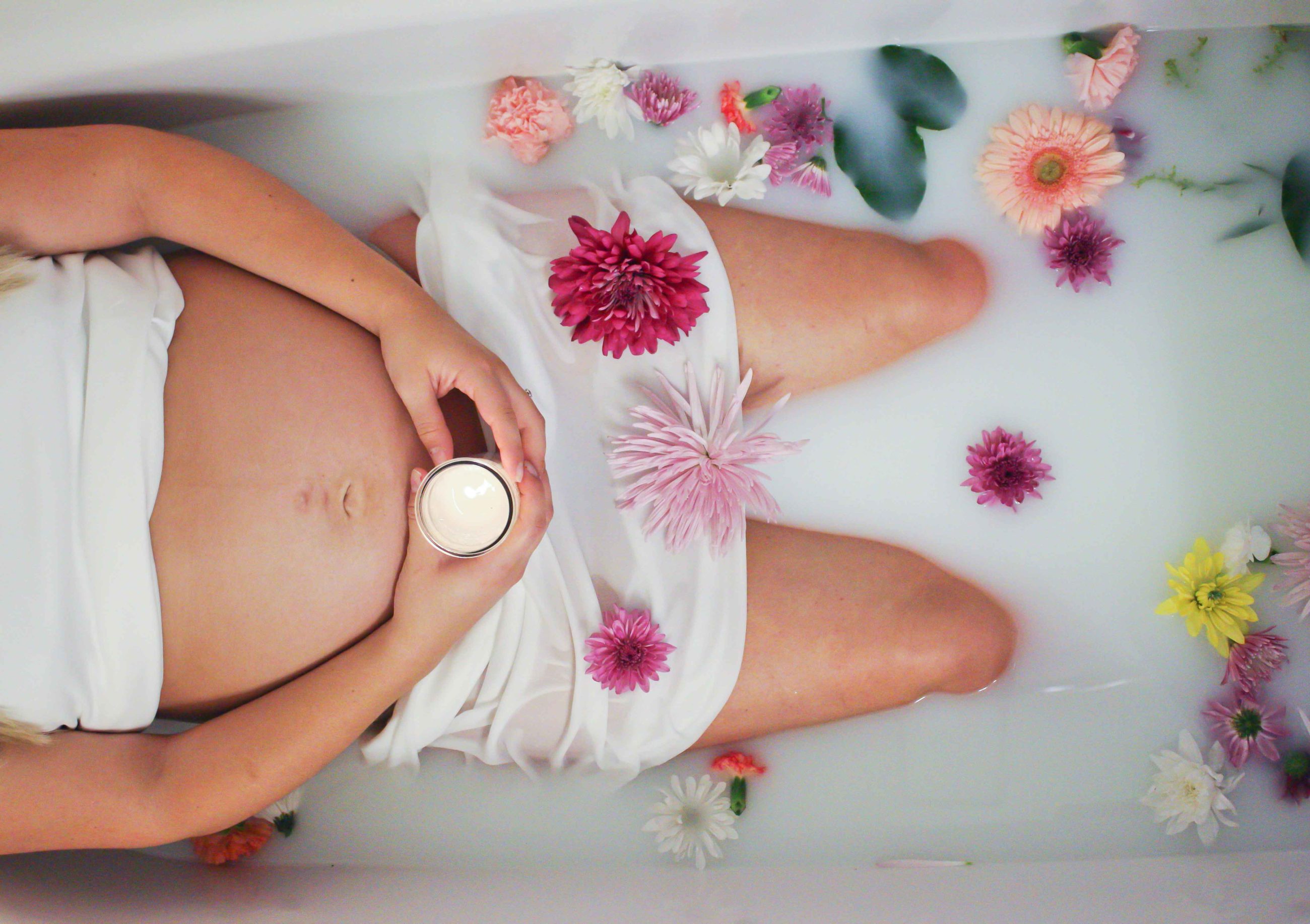
Mothers have always given birth with the help of other women/midwives in the warmth of their homes. Men, especially doctors, were kept apart for reasons of prudishness and only began to intervene between 1600 and 1700 in the exceptional cases where things went wrong; these were the "deliverymen". Over time, they were trained in obstetrics, but until the middle of the 20th century, deliveries took place mainly at home. In the cities, only very poor women or mother-daughters gave birth in hospital, unlike wealthier women. Interestingly, with the advance of medicine, after 1950 there was a noticeable shift and more and more women gave birth in hospitals because mothers and fathers felt safer in the presence of new techniques in case of complications. This was not without constraints for mothers-to-be, especially as they were no longer able to choose their own positions and were in an environment that was the opposite of the family cocoon. They gradually lost control and confidence in their bodies during childbirth.
We met with Nathalie Luisoni, an independent midwife, co-president of the Swiss Federation of Midwives (FSSF) for the Geneva section, to shed light on the subject. She has helped deliver 454 babies (in 20 years) at her home and at her birthing center Dix Lunes in Puplinge, which she has decided to close in September 2019. Being a private birthing home, it did not receive the financial support necessary to keep it open at a lower cost for the parents. It was the second birth center in the canton, along with La Roseraie, next to the HUG. The mother of four boys, she began her studies as a midwife after giving birth to her first two sons. At that time, she already had the conviction and the desire to perform out-of-hospital deliveries while having been trained and having worked in the Geneva maternity hospital, with which she collaborated regularly. Nathalie explains that it was important for her to work in the hospital for four years after finishing her studies because the staff is confronted with pathologies and situations that it is not possible to observe elsewhere. Whereas home births or deliveries in birthing centers are physiological pregnancies and therefore go perfectly well. Pathologies can of course occur during these physiological births and it is important for the midwife, as well as for the health of the mother and the child, to be able to detect them correctly and to take the necessary measures and transfers.
MS: Nathalie, are there any differences between these two different options for a physiological delivery, particularly in the monitoring of pregnancy?
NL: Basically not at all. The follow-up is the same, except that in a home birth it will be the same midwife who will have done the overall follow-up. For the birthing center, it depends whether it is an exclusive follow-up before, during and after or whether it is a rotation system in the home with also the same midwife before and after but without knowing who will be on call for the delivery. This is the case in many birthing centers in Switzerland and at La Roseraie in particular.
MS: How many appointments are needed to prepare for this type of delivery?
NL: If we can see the parents from the beginning of the pregnancy, right after the first appointment with the gynaecologist or general practitioner for their general check-up and to confirm that the mother-to-be is in good health, the follow-up can begin. But it is possible that some parents arrive between the 28th and 30th week, which is a bit late because there can only be three appointments left before the birth. If we can see them 6-7 times during a pregnancy it's a good average. To sum up, there are seven consultations with two ultrasounds covered by the insurance in specialised centers or at the gynaecologist's office. I ask for a third ultrasound at 32-34 weeks because we are in the context of an non-hospital delivery, this helps to confirm the position, the quantity of liquid, etc. This is a form of coverage to protect us, but I know that there are several colleagues who do not do this third ultrasound.
MS: Is there any special preparation in addition to the birth preparation classes?
NL: Personally, I like to go to the mom-to-be's home at around 36-37 weeks (when the birth can potentially take place outside the hospital) to visit the house, the infrastructure, the floors, to see with the parents where they plan to settle for the birth of their baby. All of these things help to make it happen. We look at the equipment available, which accessories can be used for certain positions (such as the hanging wrap) or if the parents want the birth in the bedroom and it is upstairs with a spiral staircase, the plans will have to be changed (smile). I use the birthing tub a lot, so I have to know where to place it, with the taps nearby. There is a lot of logistics to plan from the beginning of the follow-up, on which floor you live, how far from the nearest hospital (20 minutes away or in the mountains?) and what type of transfer (ambulance, helicopter) whereas in the birthing center everything is already installed.
MS: What is the primary motivation for these two types of places versus the hospital?
NL: The notion of time. Even if we also have protocols to follow, we are going to take into account certain situations and we will be able to try other things, being free to move around will help the mother, with no monitoring connected permanently to her, etc.
MS: And when it doesn't go as planned? When do you think the mother should be transferred to the hospital? What constraints do midwives have?
NL: The decision can come from both sides. A midwife left time, tried techniques, in short, she exploited all her art of midwifery and would say "ok, we have tried everything" she. As much as it can be the mother who says "I can't take it anymore, I'm in too much pain, I'm tired, I want an epidural", but it remains, let's say, subjective. Our transfers are predictive, meaning that we will transfer before something goes wrong, like severe bleeding, a baby who is not doing well. In both institutions, we are not allowed to do breech deliveries and it has happened that the baby was well-positioned the day before and that at the last minute he turns around. Also, we do not follow twin pregnancies, hypertension, diabetes, autoimmune diseases etc.
MS: What is the emergency transfer situation you have faced the most?
NL: I would say it is relatively urgent because the majority of my transfers were related to malpositions of the baby that did not facilitate engagement in the pelvis, such as the baby looking up at the sky (bump up). If we can't turn it over, we have no other option than to transfer and it's very frustrating because everything was going perfectly well. The second biggest issue is the broken water pocket without contractions and we reach the end of the time limit, with the risk of infection.
These are important points to think about when you decided to have a non-hospital delivery. Nathalie insists that this decision is the result of a genuine desire and willingness of the parents, who will be guided and informed by professionals in order to prepare themselves in the best way to fully live this experience.
To dig deeper into the subject, find below a reading, a documentary and also a MotherStory #sharingiscaring interview. We invite you to download and listen to it at your own convenience. Rebeca interviewed Béatrice, mother of 5 children, who tells us about her inspiring home birth for her 4th child (11 years ago) but also the comparison with her other deliveries in the Geneva maternity hospital.
MotherStory #sharingiscaring (33 minutes - in French only):
Interview with Beatrice, mother of 5 children. Rebeca and Beatrice talk about home births.
Read for future parents:
Ina May Gaskin - The Natural Birth Guide. Rediscovering the power of your body - Mama Éditions, 2012.
Documentary :
Giving birth differently by Camille Teixeira (cinema release January 22, 2020).
Association Suisse des Maisons de Naissance: www.geburtshaus.ch
La Grange Rouge (Grens, near Nyon): http: //lagrangerouge.ch/


Rebeca Foëx-Castilla
mother and mom-angelfuture Doula
and founder of Flamenco-Genève
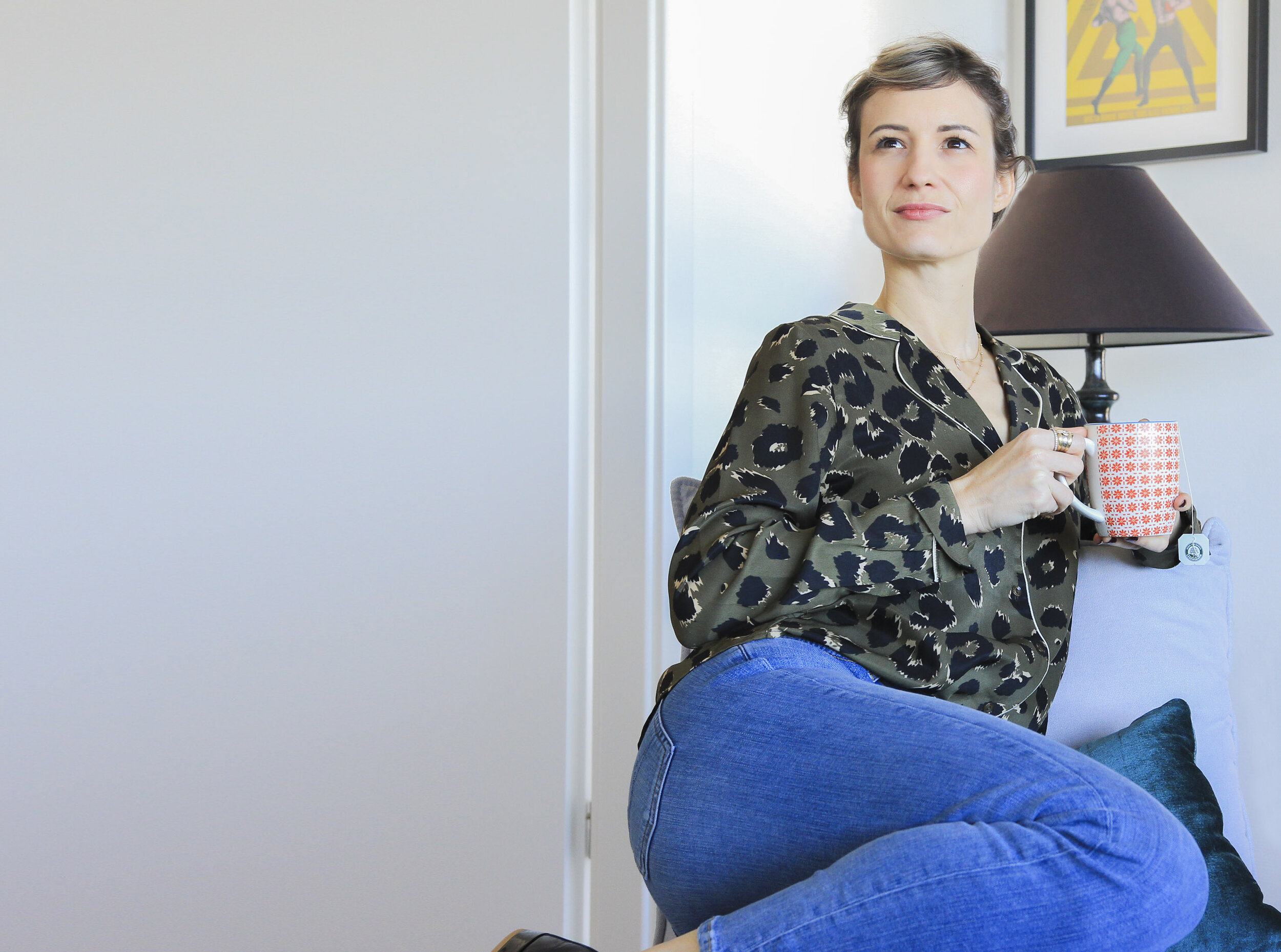
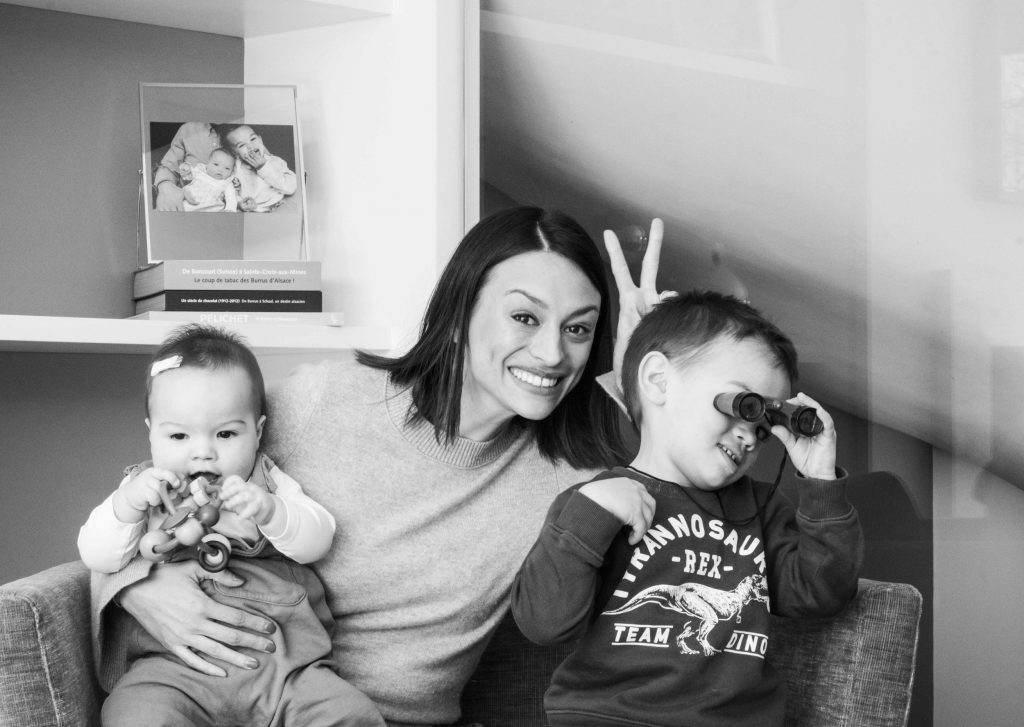
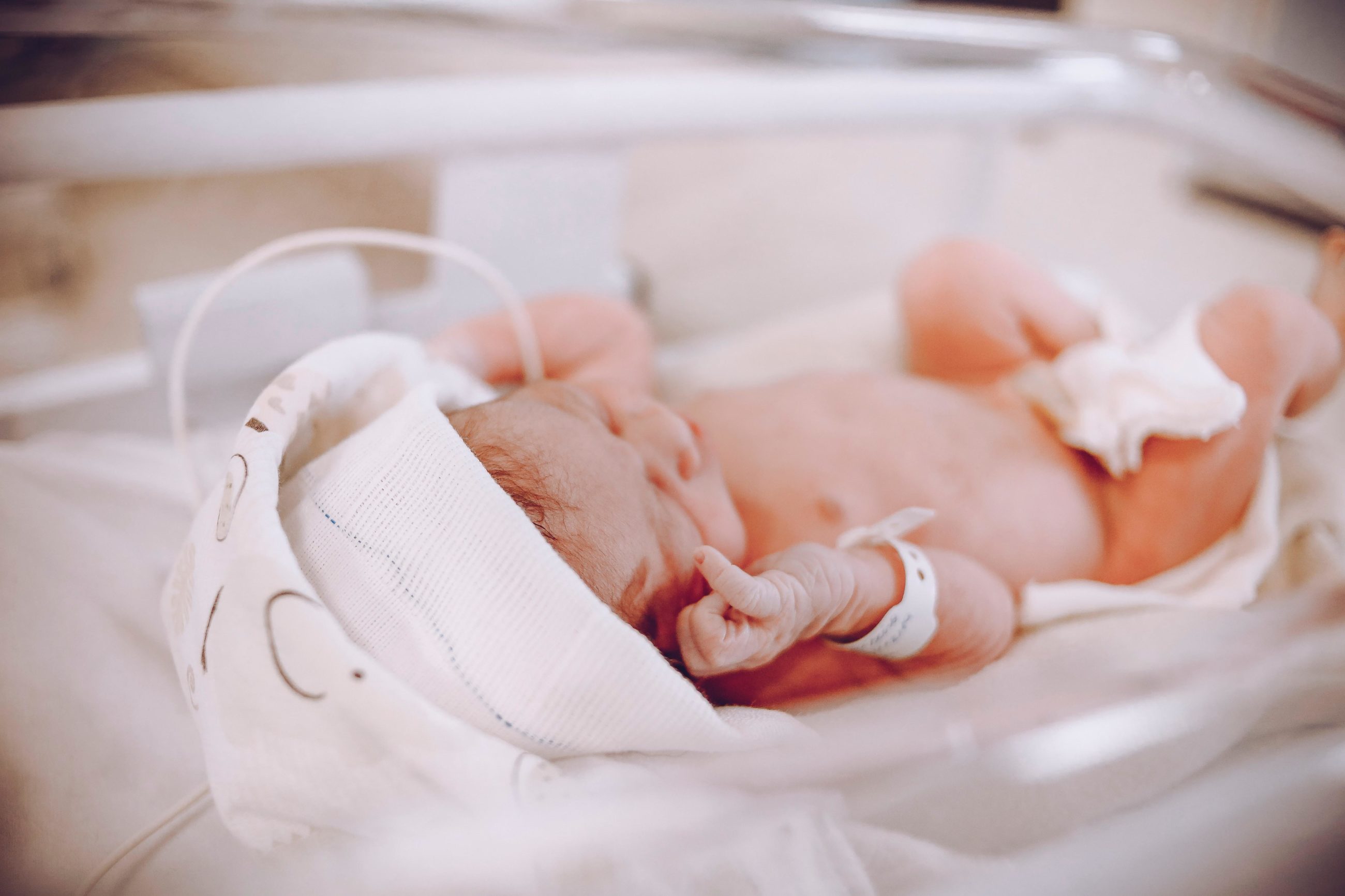
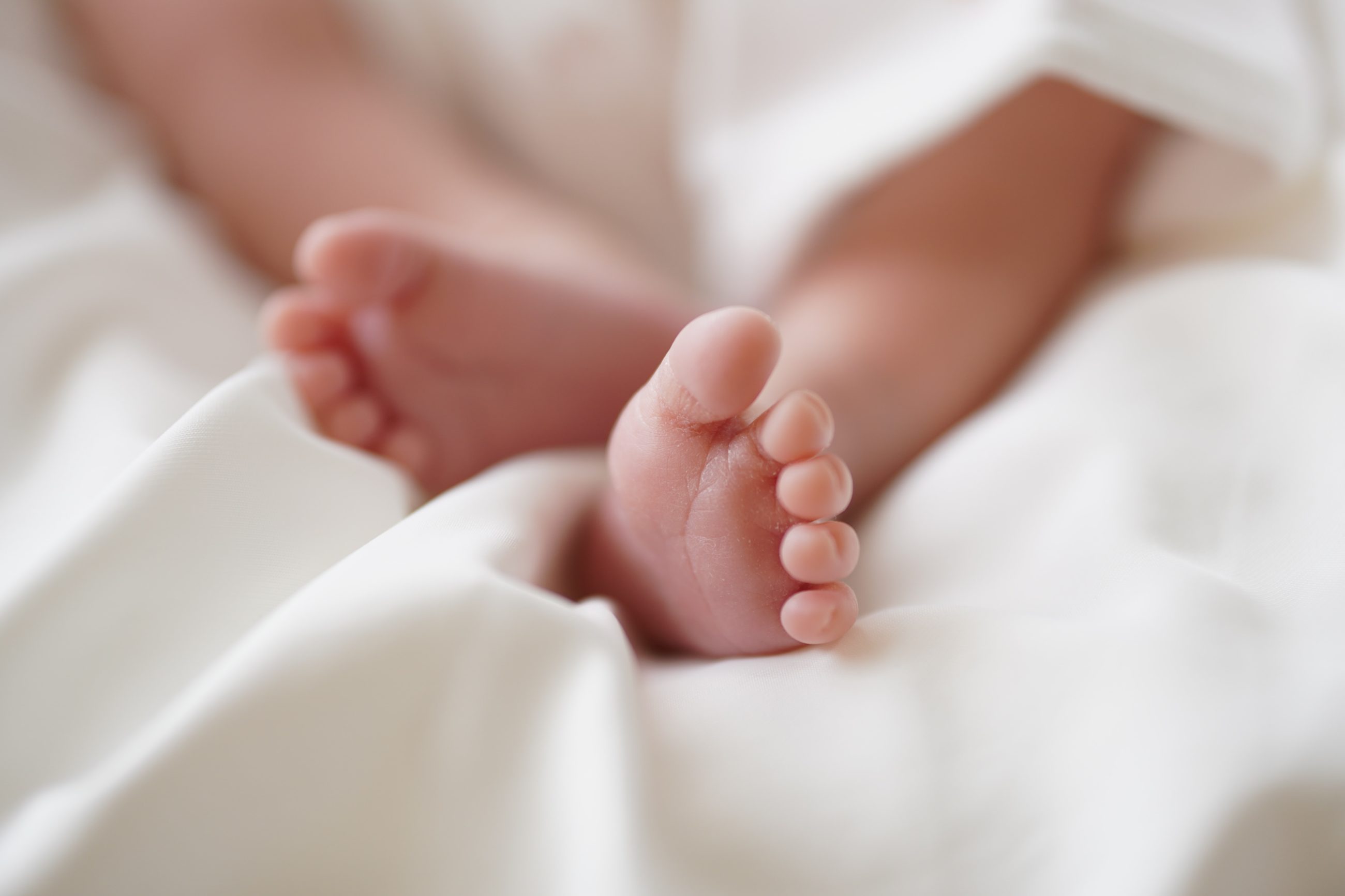
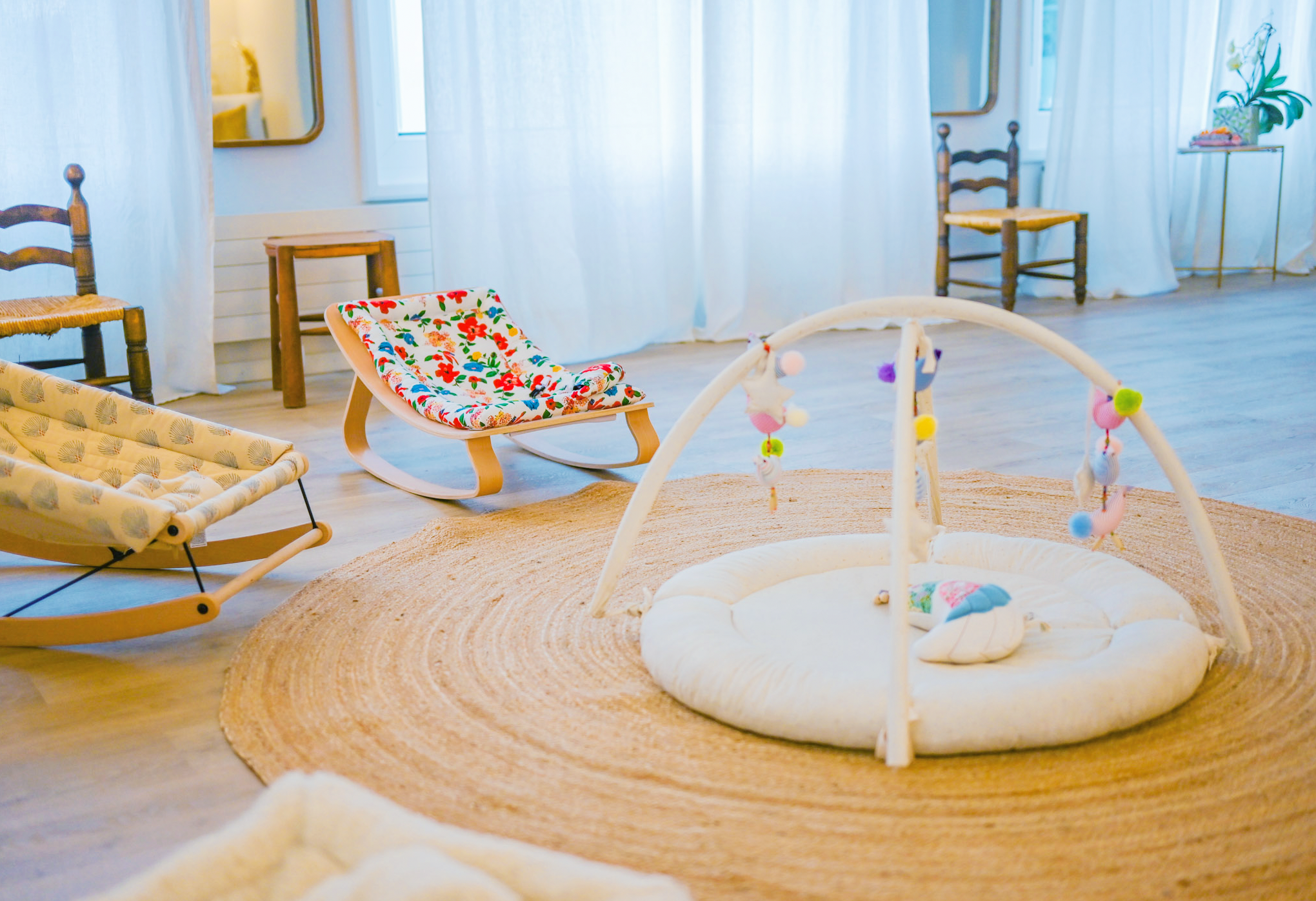
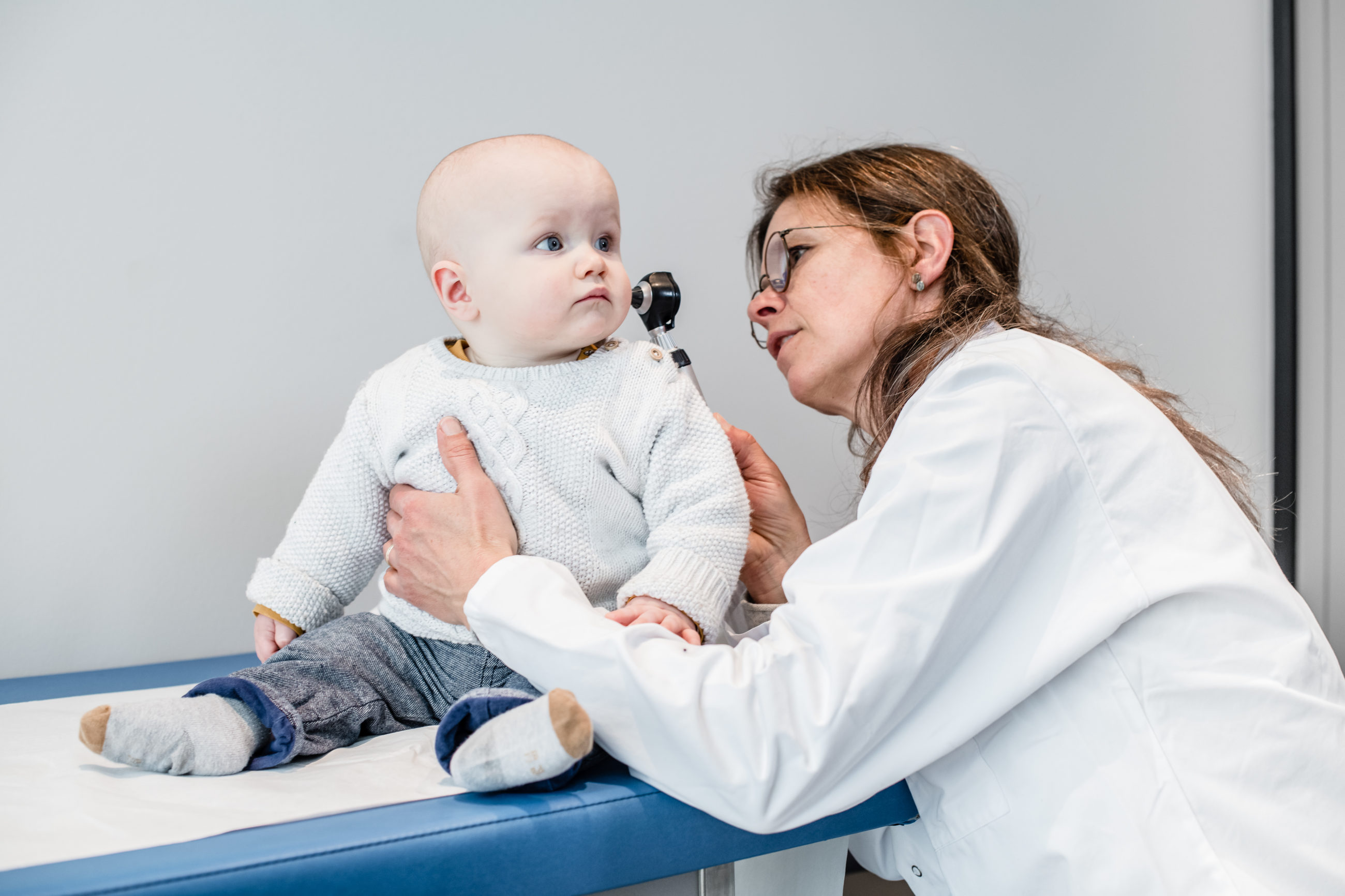

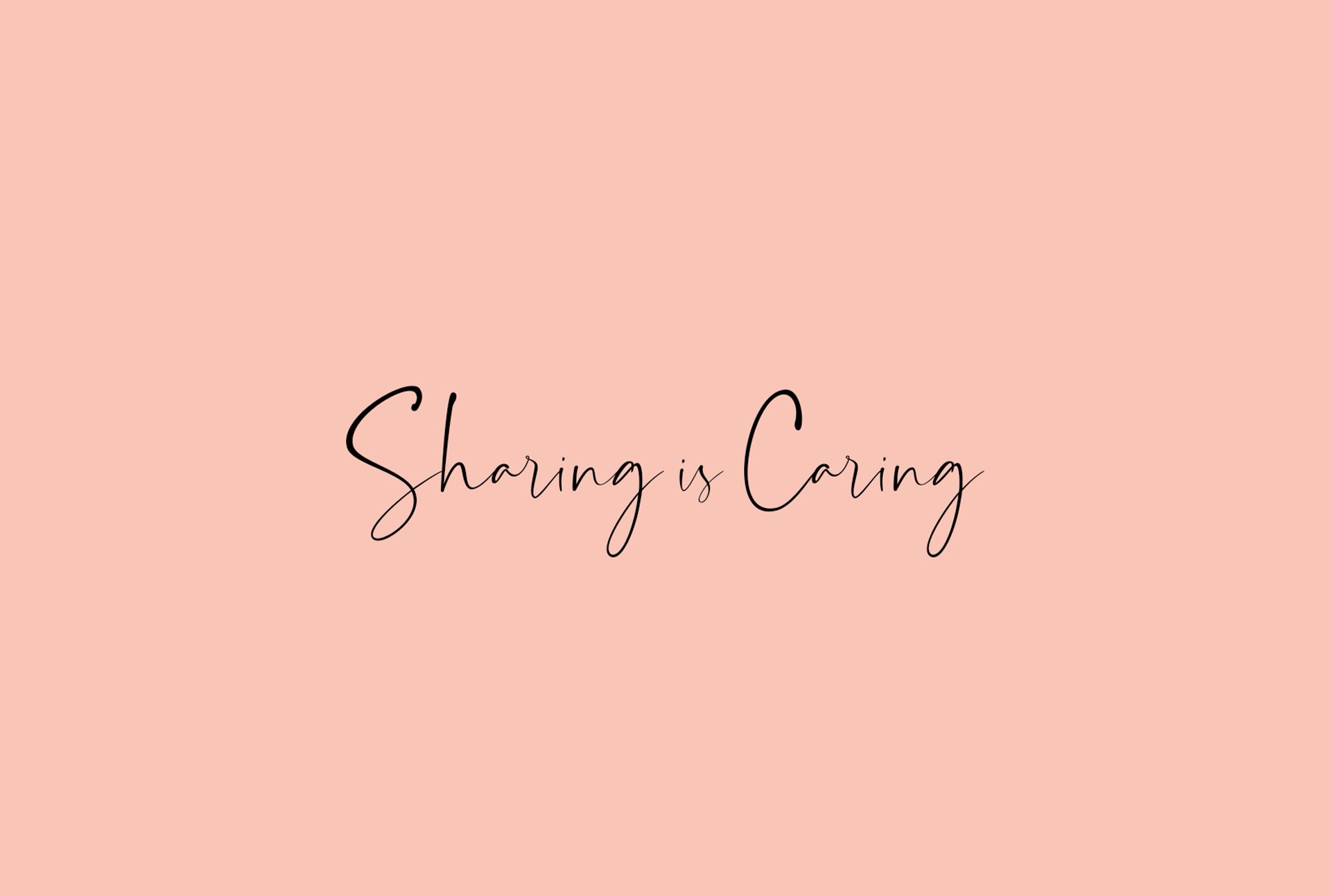
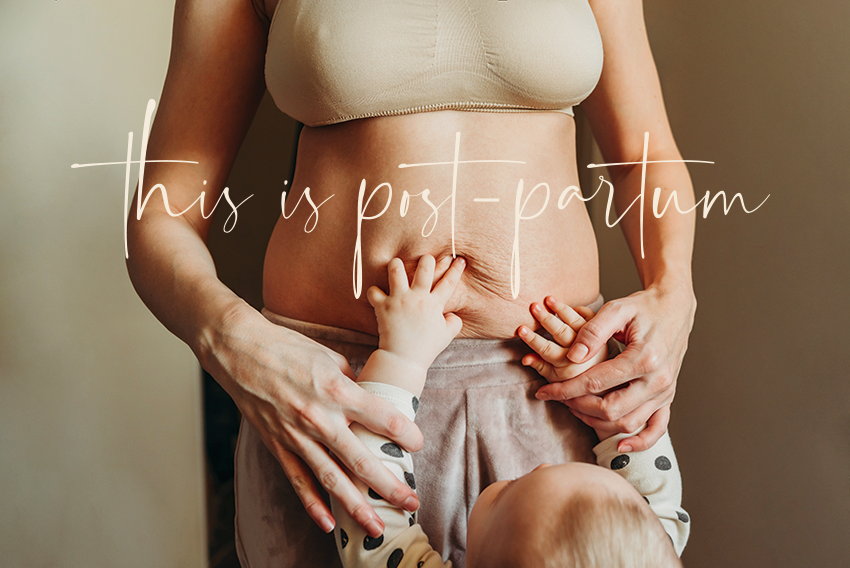


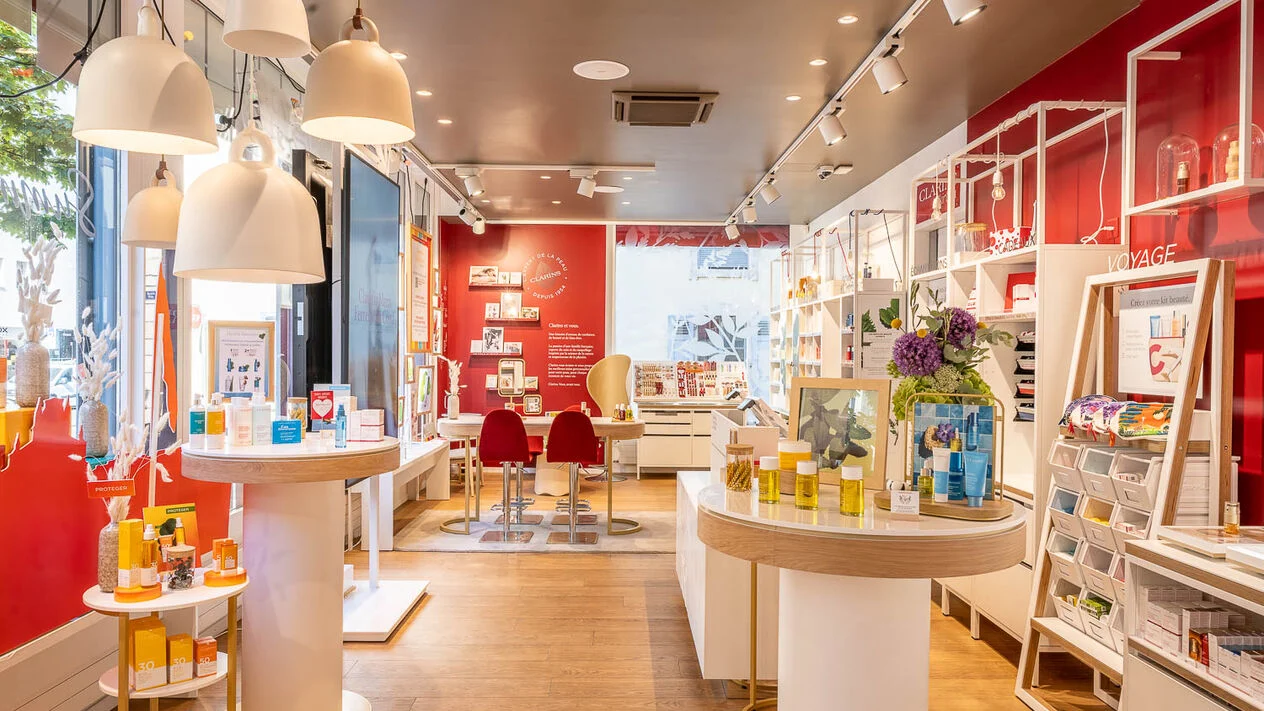



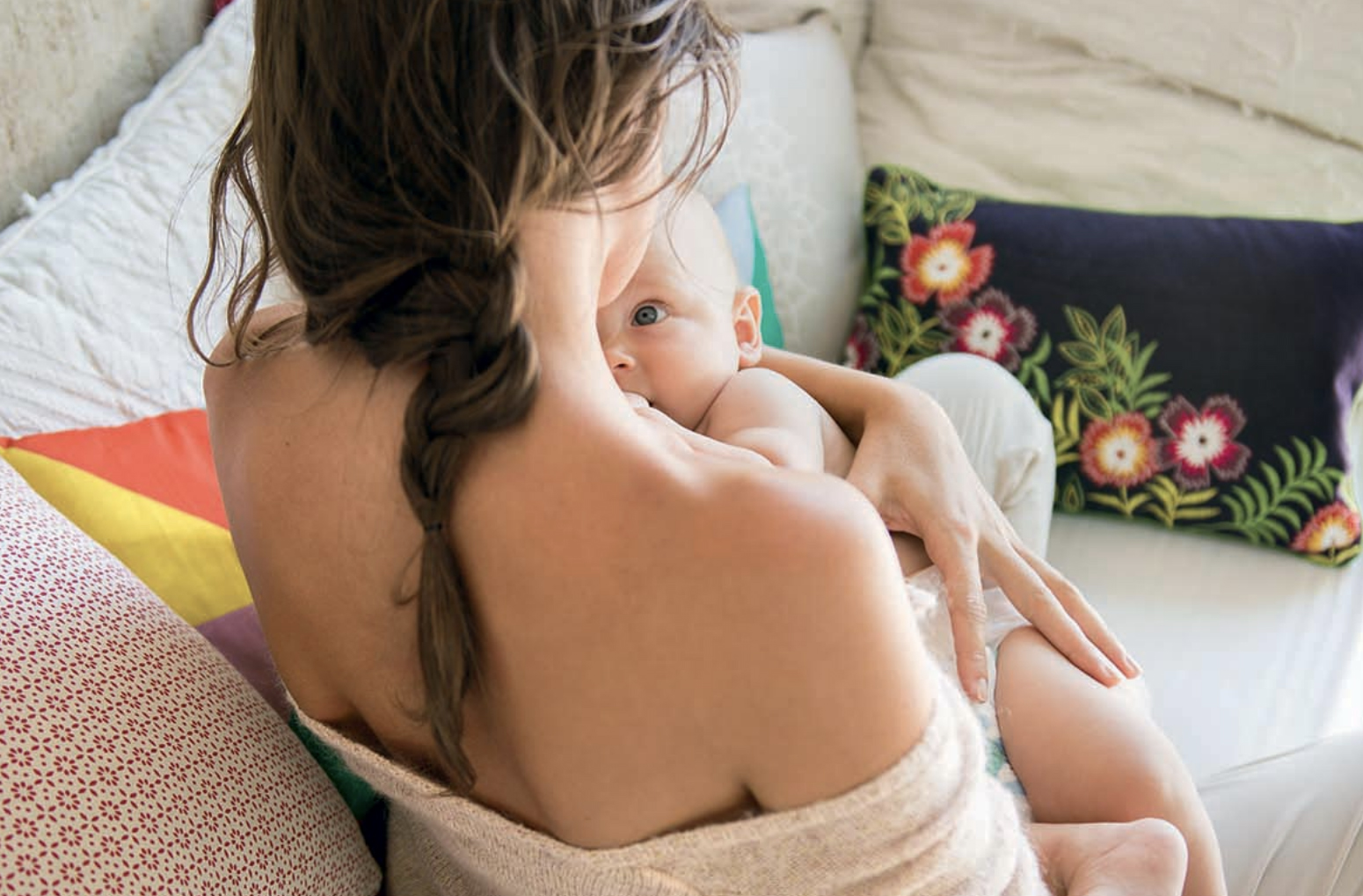


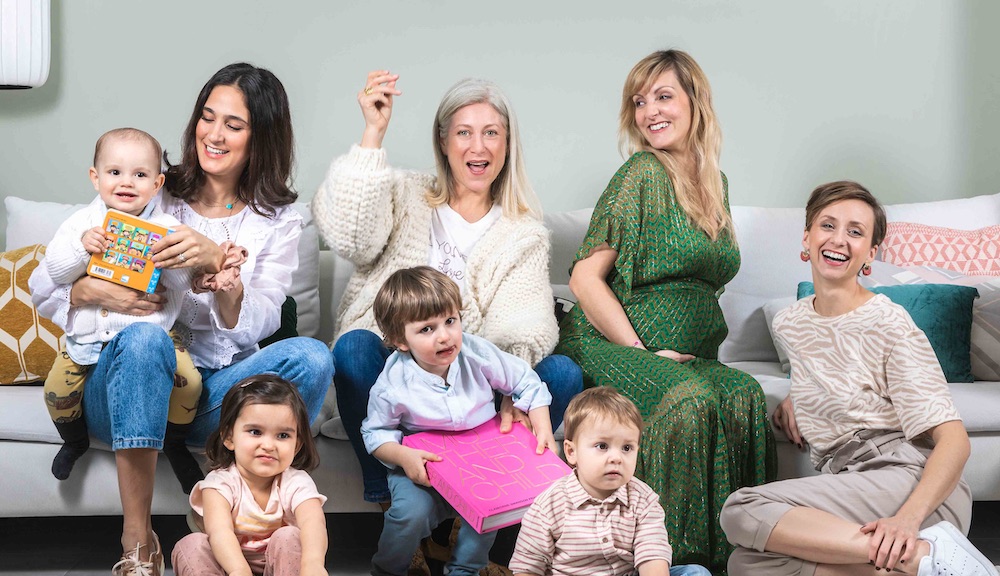


Share this article